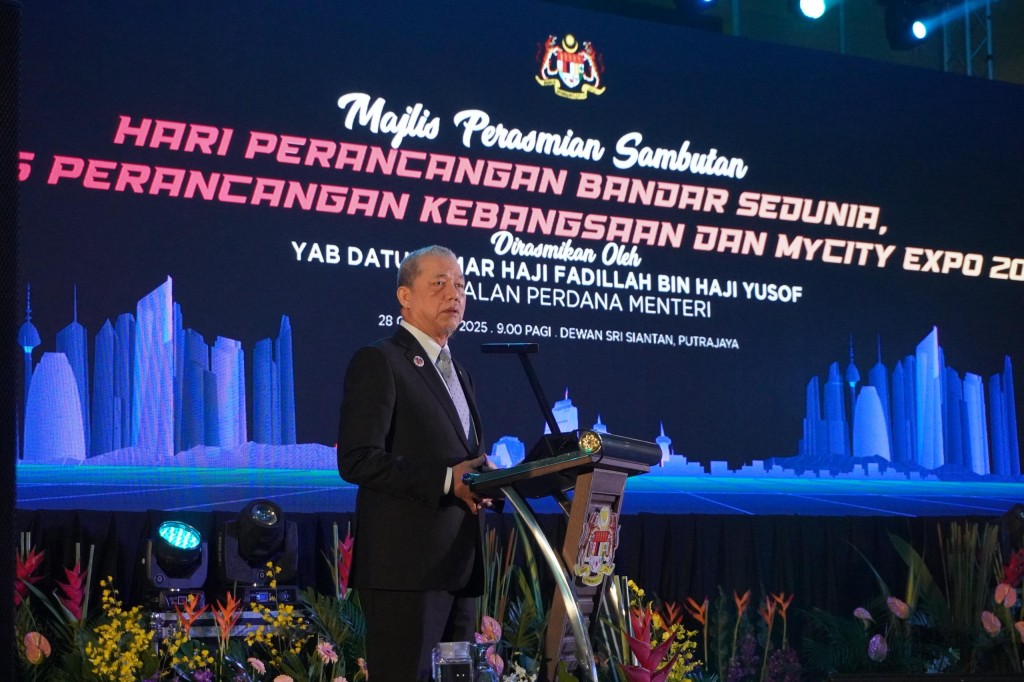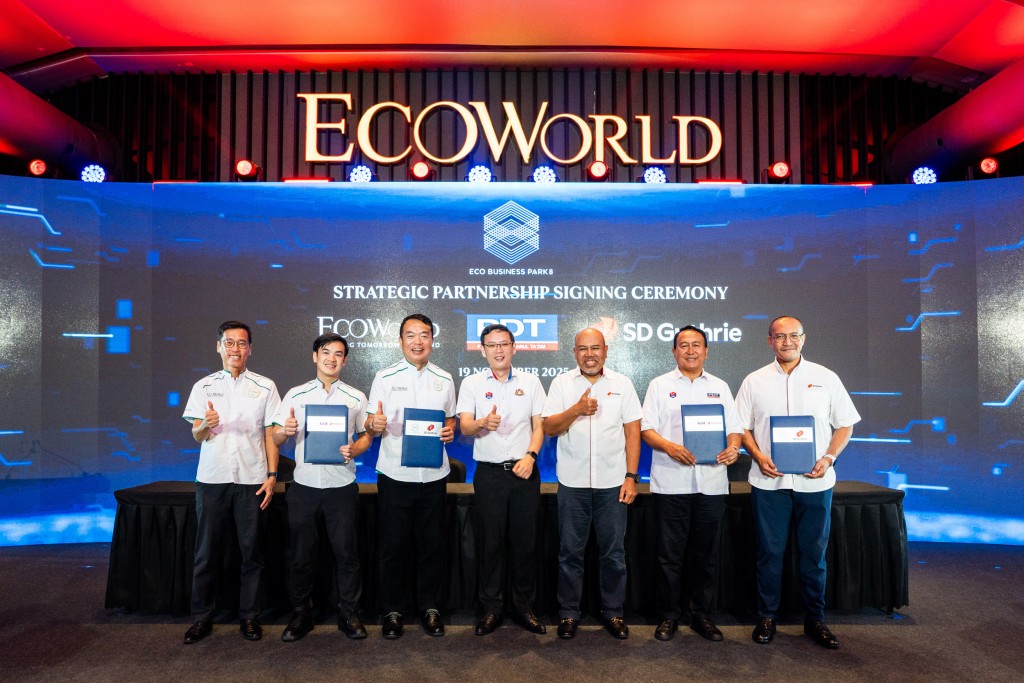Just as with our traditional dance forms, Malaysia’s highly varied culture is represented in the handicraft found in our street markets and antique stores
As part of BEST@ Malaysia, the latest instalment in the BEST@ series, we took a closer look at the vast range of influences that make up the tapestry of Malaysian culture – and it would have been weird to discuss Malaysian culture without some mention of the handicrafts we produce.
That’s one of the reasons why people come to this country in the first place. Malaysia has traditional handicrafts in numerous styles, ranging from rare authentic antiques to affordable and modern handmade crafts.
Since a large percentage of artisans in Malaysia are Muslim, most handicraft designs incorporate natural geometric and floral elements such as the interweaving of leaves or vines, flowers, and animals – Islam forbids the depiction of the human form in art. These handicrafts have been around for years and remain relevant today.
#1 Earthenware
Earthenware is pottery made of clay that has been fired up to the temperature of 1,200°C. Malaysia has various styles of pottery such as the famous labu sayong from Perak, a gourd-shaped clay jar used to cool water, in addition to the geluk and the belanga, which are among the most popular of traditional designs.
The belanga can be found in many rural Malaysian homes. The belanga typically has a round base and a wide rim, the round base allows heat to be distributed more evenly. With clay being one of the most readily available natural materials in Malaysia, there are also contemporary designs of vases, flower pots, decorative pottery, sculptures, and kitchenware.
#2 Batik
Malaysian batik can easily be found along the east coast of Peninsular Malaysia, primarily in the states of Kelantan, Terengganu, and Pahang. The popular designs typically represented in Malaysian batik are leaves, flowers, and geometric designs such as spirals. Since the Malaysian government has started to endorse Malaysian batik as a national dress to every level of the population, many local designers have worked together to create new batik designs which reflect Malaysian culture.
Even though Malaysian batik and Indonesian batik look the same, the method of making Malaysian batik is very different. The patterns in Malaysian batik are simpler in design and more striking in contrast, making for a variety of batik that tends to be lighter and feature more vibrant colours than the deep-coloured Javanese batik.
#3 Songket
Originating from India, songket are handwoven cotton or silk fabrics, often patterned with gold or silver threads. Formerly considered a luxury reserved for royalty and to demonstrate the social status of the Malay elite, the mechanisation of the weaving loom has made songket available on a massive scale.
For men, songket fabrics are used for the tailoring of long-sleeved shirts, sampin (kilt-like outer wraps), and pants. For women, it is used in long-sleeved blouses and sarongs (traditional tube dresses).
#4 Kerongsang
Thekerongsang is a jewelled brooch worn typically by women with traditional kebaya(traditional blouse and dress combination). The kebaya simply isn’t complete without being matched with a finely crafted kerongsang.
Aside from adding richness and elegance to a kebaya, the kerongsang serves the practical function of holding the kebaya together. Made with colourful designs and stones, a kerongsang is the perfect present for anyone who likes pretty little things. The kerongsang is generally sold in sets of three, with each individual piece being of a slightly different size.
#5 Wood Carvings
In Malaysia, wood crafts can be found mostly on doors, walls, and windows of a traditional Malay house. There are generally two types of carvings, fine and rough. Fine carvings involve relief patterns on keris handles, bedheads, and cupboard tops. Meanwhile, rough carvings are featured on much larger objects such as furniture, doors, and windows. The states of Kelantan and Terengganu are considered to have the best wood carvings to offer.
The carvings require a specific type of wood. The most preferred wood is jati since it’s durable and long-lasting. Aesthetically, jati wood has beautiful wood fibres and textures. The other woods that are suitable for carving are cendana (sandalwood), balsa, mahagony, and ebony.
Stay informed and subscribe to the StarProperty.my Monthly Newsletter here.
If you’re interested in reading more stories from BEST@ Malaysia, the latest instalment of the BEST@ series, subscribe here.




















































